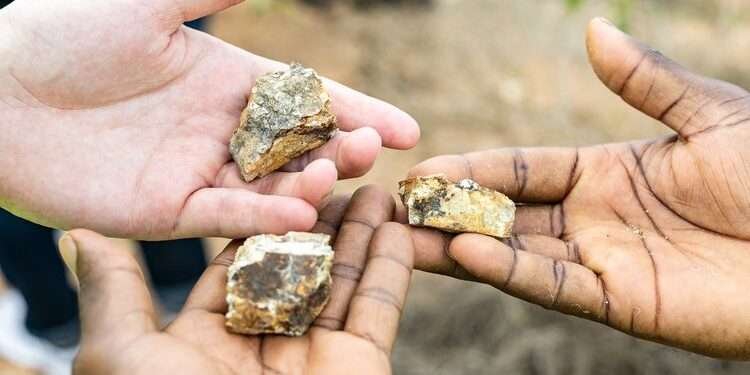Gold production from the world’s eight gold mining majors is expected to increase by as much as 3.1 per cent this year, GlobalData says. This uptick in gold production by these gold producers reflects a recovery of between 25 million ounces to 25.75 million ounces.
These companies comprise of Newmont, Barrick, AngloGold, Polyus, Kinross, Gold Fields, Newcrest and Agnico-Eagle. Meanwhile, this is an improvement from last years’ sluggish growth in gold production. Gold production by these top companies combined yielded a 6.5 per cent decline, thus reflecting a fall to 25 million ounces in 2020.
GlobalData, a leading data and analytics company, ascribed this fall in production to lower ore grades, sale of assets, lower mill quantity as well as very slow recoveries.
Furthermore, the largest hit among the companies last year are Newmont (6.1%), Barrick (12.9%), and AngloGold (7.1%). Jointly, the output from these companies declined to 13.7 million ounces in 2020 from 15 million ounces in 2019.
“Lower ore grades, sale of assets, lower mill throughput and lower recoveries were key factors affecting production across the remaining major gold producers.”
GlobalData Analysis of gold production
GlobalData analysts explain that Newmont had its gold production affected as a result of lower ore grades at the Ahafo mine, Yanacocha and Merian mines. Other factors include the temporary suspension of other mining sites in March and mid-May, and the sale of Red Lake and Kalgoorlie projects.
Vinneth Bajaj, Associate Project Manager at GlobalData, indicated that: “After a strong first quarter in 2020, Newmont’s production was impacted by lower ore grades… temporary suspension of the Cerro Negro, Yanacocha, Eleonore, Penasquito and Musselwhite mines between March and mid-May.
In the case of Barrick Gold, several of its gold mines halted operations temporarily due to the COVID-19 pandemic.
Global Data analysts averred that the divestment of AngloGold’s African assets largely contributed to the fall in its output in 2020. For Kinross, they noted that lower ore grades contributed to the decline in output although it was partly offset by higher output from the company’s mining operations in Bald Mountain and Kupol.
“… For example, lower ore grades at Paracatu, Round Mountain and Chirano mines were behind the drop in production from Kinross.”
Meanwhile, for Newcrest, the sale of its Gosowong mine heavily affected production. It also suffered from lower ore grades as well as temporary shut downs of some of its mines.
“Newcrest’s production was severely affected by the sale of Gosowong mine, which was acquired by Indotan Halmahera in Q2 2020. Lower throughput rates and lower grades at Cadia, Lihir, Red Chris, and Telfer mines, amid a series of planned shutdowns, also impacted the company’s production subsequently.”
These notwithstanding, the much anticipated rebound that GlobalData highlights stem from the rebound in gold production by these majors emanate from the quicker-than-expected recovery of the global economy and a reboot in economic activities.
More so, the resumption of mining operations which were temporarily shut down as well as new sale of assets underpin this bounce back.
READ ALSO: Commodity prices to remain stable all year round- World Bank























